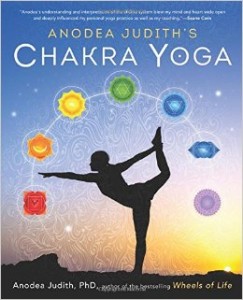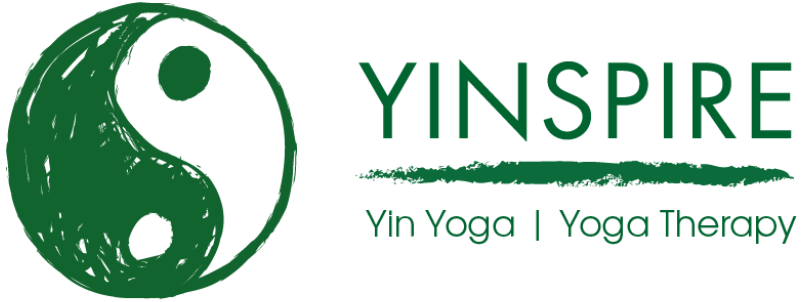 Anodea Judith is no stranger to writing about the Chakra system have written many other books, of which “Eastern Body, Western Mind” and “Wheels of Life” stand out.
Anodea Judith is no stranger to writing about the Chakra system have written many other books, of which “Eastern Body, Western Mind” and “Wheels of Life” stand out.
This, her latest book, is a more practical offering, outlining how the Chakra system can be influenced by different Yoga practices – in particular Asana (Postures), Pranayama (Breath) and Relaxation techniques.
After a brief overview, each Chakra is visited in detail, with an introduction to that Chakra’s qualities and then practical pointers for working with the Chakra, be it in excess or deficit.
Some of the highlights for me include Anodea’s thoughts on “How Long Do You Hold a Pose?” where she says:
“In my opinion, most yoga classes move through poses far to quickly and do not allow the student to really “find” the pose. This makes for slower progress in the long run, as speed can allow bad habit to form and you can miss the “aha” that comes when alignment falls into place. Muscles and connective tissue take time to release. In your home practice, take as much time as you need to find your centre and develop your ease in the pose. Often that takes longer than you think, so err on the side of holding the pose longer. If possible, wait until you feel the pose happening by itself – an internal letting go that takes you to a deeper level. If you are in too much discomfort to remain in the pose for more than a few moments, then back off a bit and take it to a milder level. Deep, effortless breathing is a good sign you are there. As a former piano teacher once said to me, “Practice slow before you try to play it fast””
For a lover of a Yin approach to yoga, this is, of course, music to my soul 🙂
Later:
“…to progress in yoga, you want to gently push your edge. If you only stay in your comfort zone. you will not deepen your yoga. The idea is not to jump over your comfort zone, but to expand your comfort zone”
“We tend to move towards pleasure and away from pain… …When practising yoga, pushing yourself into pain in order to progress further is detrimental in the long run… …However there is a kind of sensation bordering on pain that occurs right at your edge, It is the sweetness of stretching into intense sensation… …You can only find it from within as you move into and out of poses, sensing your edge. This internal monitoring is an essential guide to your practice”
As I often say to my students, Yoga is no quick fix, and as you will sense from above, this is something that the author emphasises again and again. Yoga, in this way, is counter culture to our world of busy-ness and instant solutions.
The book is suitable for intermediate yogis upwards, and both teachers and non teachers will find inspiration. Its probably not an initial introduction for the absolute beginner. I found it useful, as I have with her other writings, and would recommend it.
It can be purchased on Amazon, and if you use this link, Yinspire earns a small commission.
